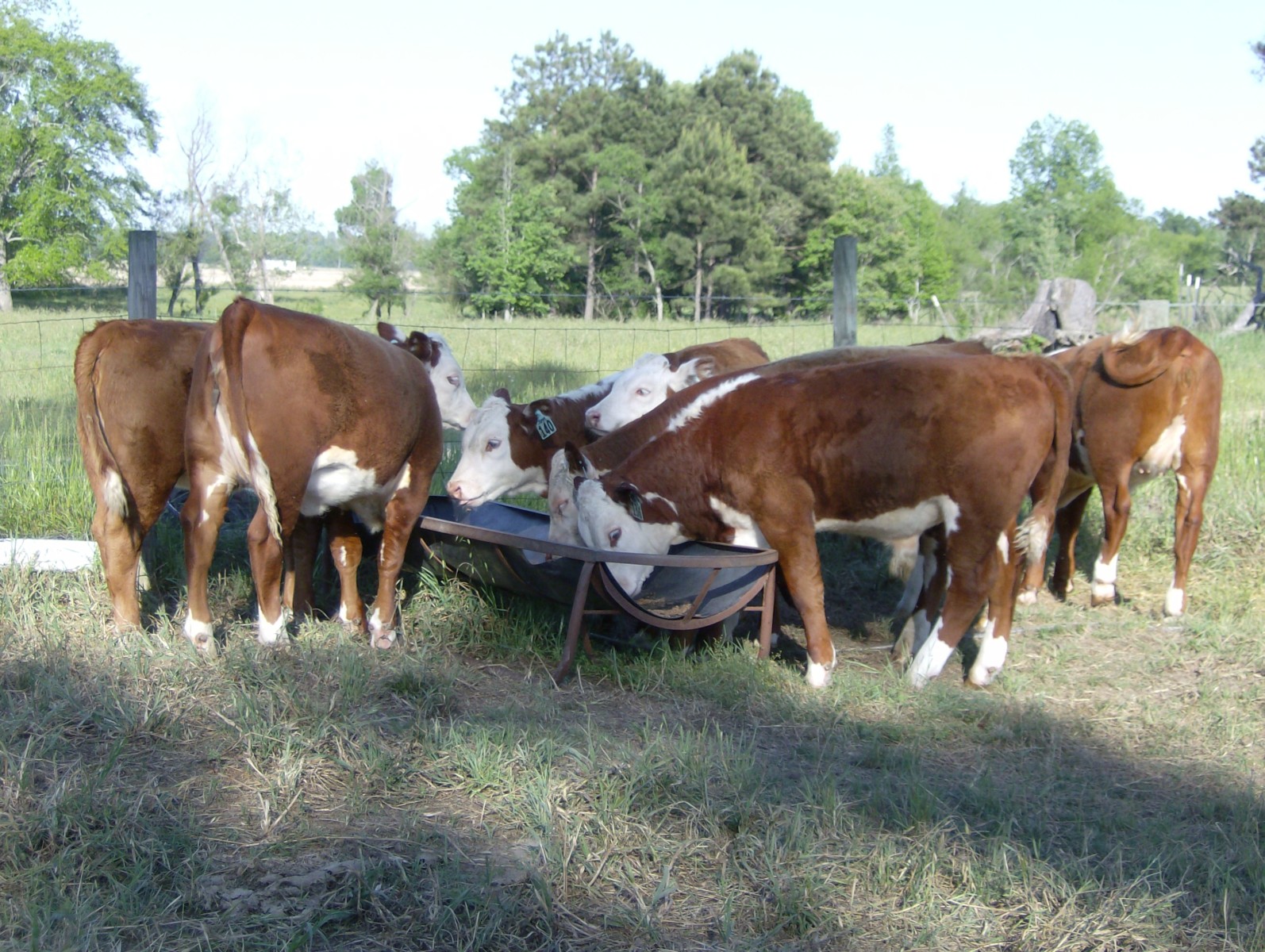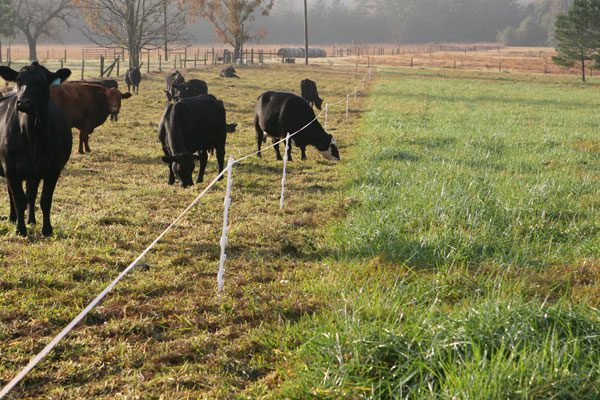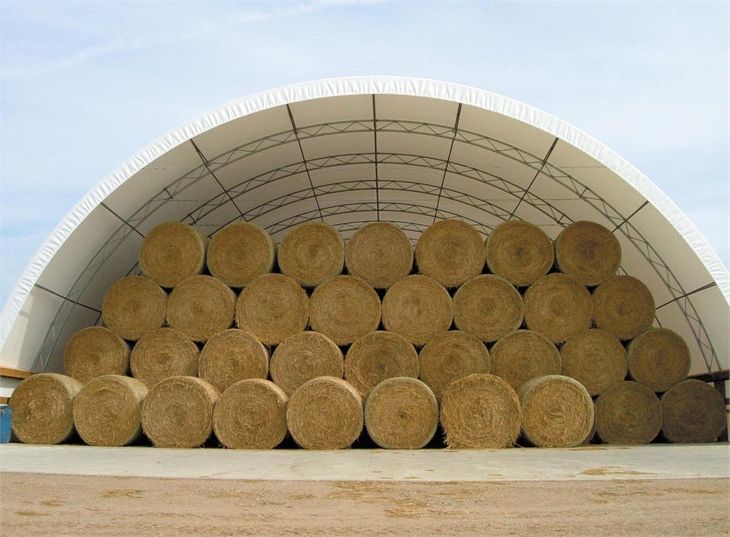winter feeding
-

I am hearing many producers say, “I am not planting winter grazing this year, seed costs and fertilizer is just too high.” My first question is, “are you sure?” To put it bluntly, this year is not the year to NOT plant winter grazing. Why? Well, your first statement is correct, input costs remain high…
-

Baled silage, or “baleage,” is an excellent way for livestock producers to harvest, storage, and feed forage. Feeding baleage is much different than feeding hay due to the higher moisture content. This higher moisture content makes it much more susceptible to deterioration. Let’s discuss some ways to decrease waste during the feeding of your baleage.…
-

If you are feeding hay in the winter, eventually you are going to have to deal with mud. Mud increases animal stress and can lead to increased production costs. It is important for producers to know how mud limits livestock production and ways to manage this issue. How does mud reduce the profitability of my…
-

Calving percentage is widely recognized as the variable having the greatest impact on profitability of a cow-calf operation. Because expenditures for feed are so large, minimizing those costs is perhaps the next most important strategy to enhance profitability. Expenditures for hay or baleage and supplements usually represent the largest portion of the total feed budget. …
-

By Roger Gates Whitfield County CEA Livestock producers who have had to purchase hay in dry years do not need economists to describe the impact of supply on price. The value of an adequate supply becomes increasingly obvious as winter transitions to spring if pasture growth is slow or delayed. At least four factors contribute to…
-
By Jeremy Kichler Colquitt CEC This time of year, county Extension agents get numerous calls and questions about which clover to choose for winter forage systems. Winter annual legumes can be planted in the fall and they can provide forage in the late fall and spring. These forages can be used for grazing, hay and…